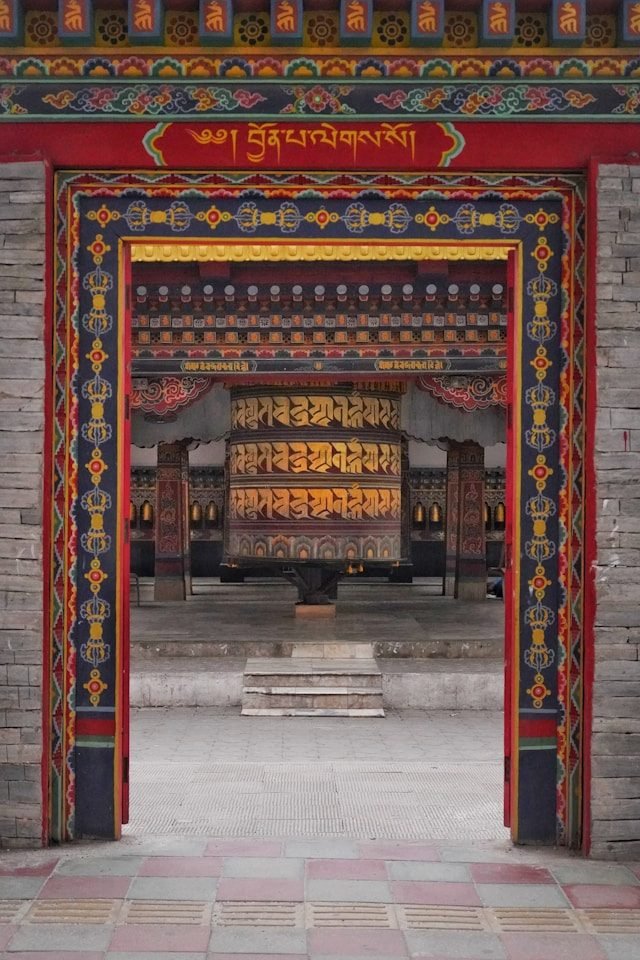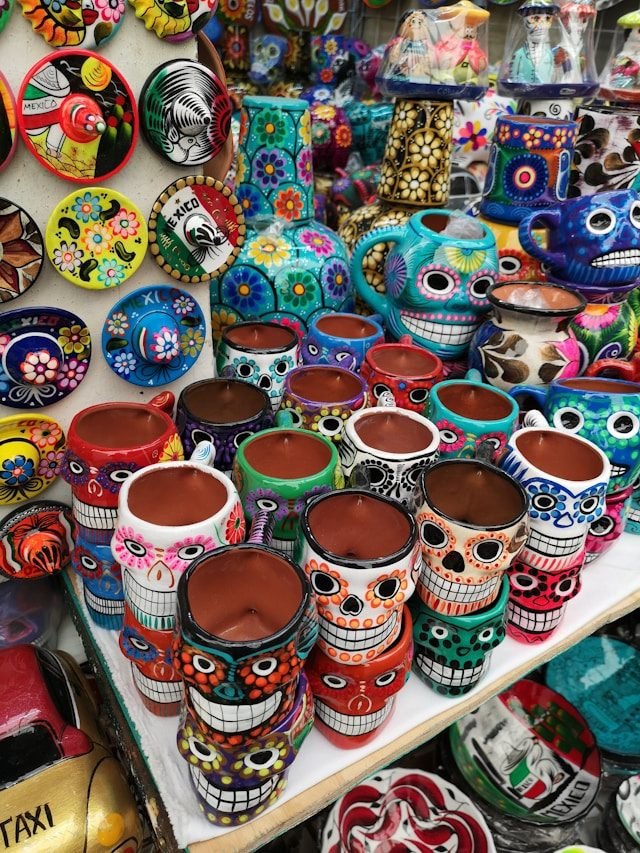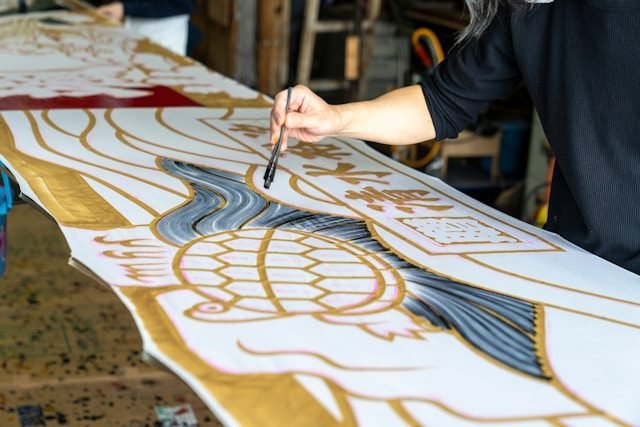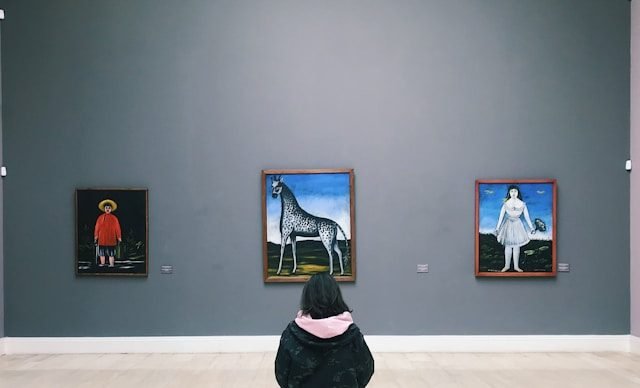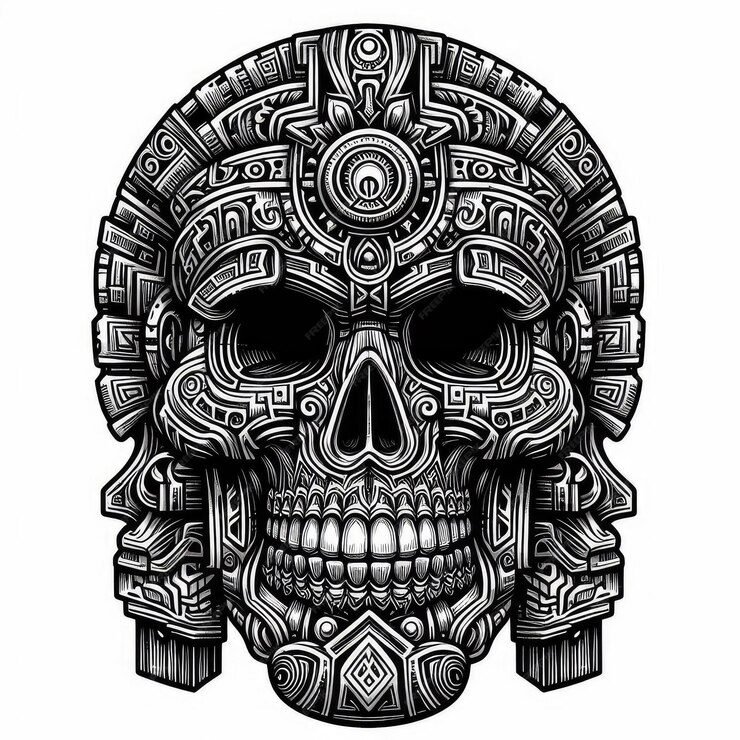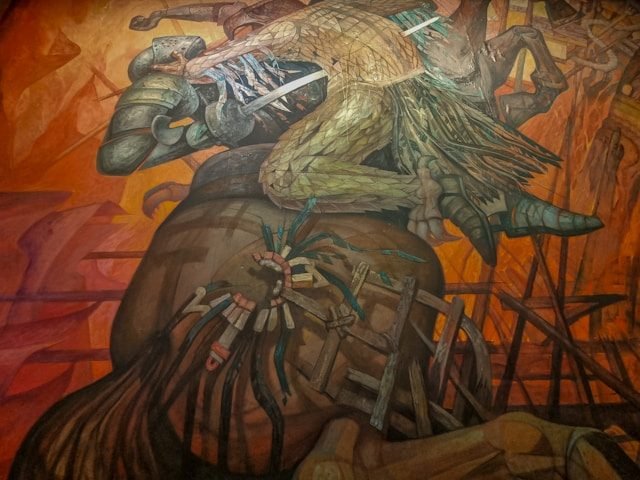Aztec drawing, an integral part of Aztec culture, provides a fascinating glimpse into the way the Aztec civilization viewed the world. Originating in what is now Mexico, the Aztecs were known for their advanced art forms, which included not only drawing but also painting, sculpture, and other forms of visual expression. Their art was deeply intertwined with religion, politics, and daily life. To understand the history and background of Aztec drawing, one must consider the cultural, social, and historical context in which it developed.
Origins of Aztec Art and Drawing
The Aztec Empire (c. 1300-1521 CE) was the last of the great Mesoamerican civilizations. It arose from earlier civilizations such as the Olmec, Maya, and Toltec, which influenced Aztec culture in various ways, including their artistic practices. Like many other Mesoamerican cultures, the Aztecs produced art that was closely connected to their spiritual beliefs. Art was not merely decorative; it was considered a means of communicating with the gods, commemorating historical events, and recording knowledge.
The Aztecs inherited the tradition of codices—folded books made from paper or animal skin—from earlier Mesoamerican cultures. These codices were used to record information in pictorial form, as the Aztecs did not have an alphabetic writing system. Instead, their written language was a form of pictorial script, which was used in combination with symbols, glyphs, and stylized images. Drawing and painting were essential tools for communication, particularly in the realms of history, religion, and governance.
The Aztecs’ approach to drawing was heavily symbolic. Artists used geometric shapes, stylized representations, and symbolic colors to convey deeper meanings. For example, a circle might represent the sun or the sky, while certain colors could symbolize specific deities or elements. These symbolic conventions were not arbitrary but were part of a broader cultural understanding shared by all members of Aztec society.
Religious and Cultural Significance of Aztec Drawing
One of the central themes of Aztec drawing was its religious significance. The Aztecs were deeply religious, with a pantheon of gods governing various aspects of life, from agriculture to war to the underworld. The artwork created by the Aztecs often depicted gods, goddesses, and religious rituals. Some of the most iconic Aztec drawings are found in codices that illustrate the myths of creation, the lives of gods, and the elaborate ceremonies held to honor them.
In particular, Aztec artists were skilled at depicting gods and their attributes. For example, the god Quetzalcoatl, represented by a feathered serpent, was often shown in drawings with vibrant colors and intricate details. The Aztecs believed that the gods required offerings of human blood and sacrifices to maintain the balance of the world. As such, many of their drawings reflect this belief, showing sacrificial rituals or depictions of deities that could receive offerings. This religious purpose made Aztec drawings sacred objects in themselves.
Aztec drawings were also used to record important events and rituals. These artworks were not just for aesthetic enjoyment; they were a means of documenting and preserving history. Codices were often commissioned by rulers to record significant events, such as battles, treaties, and royal genealogies. These pictorial records allowed the Aztecs to keep track of their civilization’s most important milestones.
Codices: The Primary Medium of Aztec Drawing
The codex, a type of manuscript or book, was the primary medium through which Aztec drawing was recorded. Codices were made from paper or animal skin and were usually folded into accordion-style formats. These codices were filled with intricate drawings that recorded historical events, religious practices, tributes, and other aspects of Aztec life.
One of the most famous surviving codices is the Codex Mendoza, which was created shortly after the Spanish conquest. This codex includes detailed illustrations of Aztec life, including scenes of everyday activities, warfare, and tribute collection. It provides valuable insights into Aztec culture and their use of drawing for recording information.
Codices were not created for the general public. They were typically produced for elites, priests, or rulers, and they required a high degree of artistic skill. The artists who created these codices were often trained in specialized schools, known as calmecac, which were institutions dedicated to the education of the elite, particularly priests and scribes.
The process of creating a codex was intricate and required careful planning. First, the artist would sketch out the design in a rough outline, and then they would use vibrant natural pigments to add color and detail. The codices were often filled with pictographs and glyphs that had specific meanings, such as the representation of a date or a god. These images were not simply decorative; they were an integral part of the Aztec writing system.
The Symbolism and Style of Aztec Drawing
Aztec drawing is characterized by its distinct visual style and symbolic use of color and shape. The style of Aztec drawing can be described as highly stylized and geometric, with a heavy use of bold, clear lines. Unlike European art, which often sought to depict a realistic representation of the world, Aztec art was concerned with symbolism and abstraction. Artists used geometric patterns and vivid colors to convey deeper meanings and to represent the spiritual and cosmic realms.
Aztec drawings frequently employed symmetry and repetition, which were believed to mirror the order of the universe. The use of color was also highly significant in Aztec drawing. For example, red was often associated with the sun, war, and sacrifice, while green represented fertility and agriculture. Blue was linked to the water and rain gods, and yellow symbolized the earth and its harvests.
The Aztecs also had a highly structured system for representing human figures. For instance, warriors were often depicted in full armor, with specific symbols indicating their rank or achievements. The faces of gods were typically drawn in profile, with exaggerated features like large eyes and fangs to emphasize their power and otherworldly nature.
In addition to human figures and gods, Aztec drawings also depicted animals, plants, and celestial bodies. Many of the deities were associated with particular animals, such as the jaguar (associated with the god Tezcatlipoca) or the eagle (associated with the sun god Huitzilopochtli). The animals in Aztec art were often shown in dynamic poses, emphasizing their strength and power.
Aztec Drawing in the Post-Conquest Period
After the Spanish conquest of the Aztec Empire in 1521, Aztec art, including drawing, went through significant changes. The arrival of Spanish missionaries and settlers led to the destruction of many indigenous codices, and the introduction of European artistic traditions began to influence Aztec art. The Spanish sought to suppress native religious practices and replace them with Christianity, and this shift had a profound impact on the role and style of Aztec art.
However, despite the challenges posed by colonization, some aspects of Aztec drawing were preserved. In the decades following the conquest, indigenous artists began to create hybrid works that blended Aztec and European artistic styles. These hybrid works were often created for religious purposes, incorporating Christian iconography alongside traditional Aztec motifs. For example, some codices produced after the conquest depicted scenes of Christian saints alongside Aztec gods or incorporated European-style flourishes into traditional Aztec designs.
Conclusion
Aztec drawing is a testament to the rich cultural, religious, and intellectual life of the Aztec civilization. The intricate and symbolic artwork produced by the Aztecs provided a way for them to communicate with their gods, record history, and express their worldview. While the conquest of the Aztec Empire disrupted the continuity of Aztec artistic traditions, the legacy of Aztec drawing continues to inspire and inform our understanding of this fascinating civilization.
Through their codices, drawings, and symbolic representations, the Aztecs created a visual language that transcended the written word and communicated their beliefs and history to future generations. The history and background of Aztec drawing reveal not only the artistic skill of the Aztecs but also the deep spiritual and cultural values that shaped their world. Despite the challenges posed by European colonization, Aztec art remains a vital and influential part of the cultural heritage of Mexico and the wider Mesoamerican region.

























































